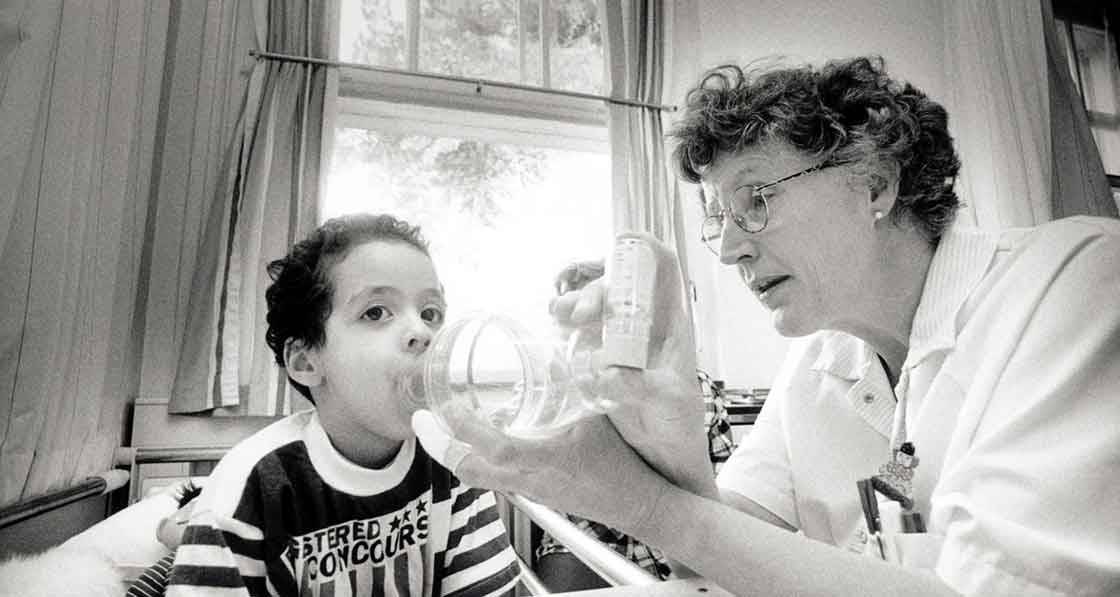
- Government
- Posted
Better housing means fewer A&E admissions, study finds
Dampness reduction via better ventilation seen to be key
This article was originally published in issue 26 of Passive House Plus magazine. Want immediate access to all back issues and exclusive extra content? Click here to subscribe for as little as €10, or click here to receive the next issue free of charge
Quality housing upgrades can help to considerably reduce emergency room admissions, new research from Swansea University has revealed.
The research, led by Prof Sarah Rodgers at the university’s medical school, looked at residents living in 9,256 council properties in Carmarthenshire, South Wales. Of these, 8,558 homes had undergone at least one
improvement to the Welsh quality housing standard. These included new heating and electrical systems (including the fitting of extractor fans to kitchen and bathrooms), added wall and loft insulation, new kitchens and bathrooms, new windows and doors, and the installation of safer garden paths.
The team linked monthly hospital admission data, from an anonymised databank, to information provided by the council on the month each home received an improvement. Using this data, the team was able to compare the number of hospital admissions for tenants living in houses that had received upgrades with those who had not.
Their results revealed substantial decreases in the number of hospital admissions for those in the improved homes. This included a decrease of up to 39% in emergency admissions for cardiovascular and respiratory illnesses, as well as for fall and burn injuries, for those in the over 60s age group.
New electrical systems (including extractor fans), new windows and doors, added wall insulation and the installation of safer garden paths were the interventions associated with the biggest reductions in hospital admissions for this age group.
For tenants of all ages, there was a 19% to 34% reduction in hospital admissions for those with new electrical systems, new windows and doors, and improved garden paths, and a 1% to 8% reduction for those with improved heating systems and bathrooms.
“We found that improvements to electrical systems – including fitting extractor fans in kitchens and bathrooms – contributed to the largest reduction (57%) in respiratory related admissions,” lead author Prof Sarah Rodgers wrote on research news website theconversation.com.
“This leads us to believe the removal of damp from homes using extractor fans was probably an important mechanism behind many of the reduced admissions. And that damp removal improvements are important as part of a whole home intervention.”
Prescribed asthma medications and GP visits also dropped in the improved homes for residents of all ages. The team concluded that good housing upgrades could potentially help to reduce strain on the NHS.
Commenting on the findings, Cllr Linda Evans, Carmarthenshire County Council’s executive board member for housing, said: “We have already used the heath evaluation results and study team recommendations to update our development plans. We encourage the adoption of the recommendations by local authorities around the UK and further afield. Making small changes in housing policy improves health, which also carries social, economic and environmental benefits for all.”
The full paper is available at tinyurl.com/waleshousingstudy







